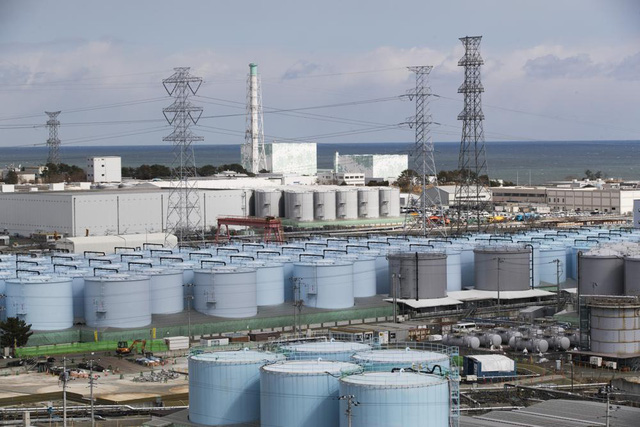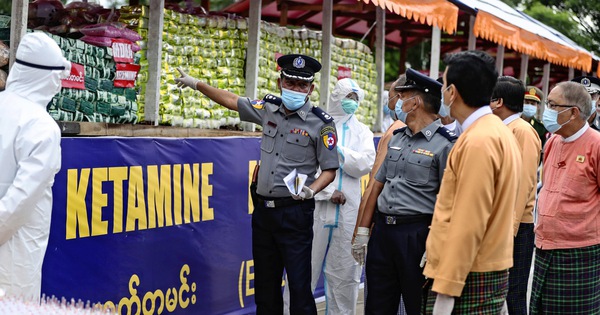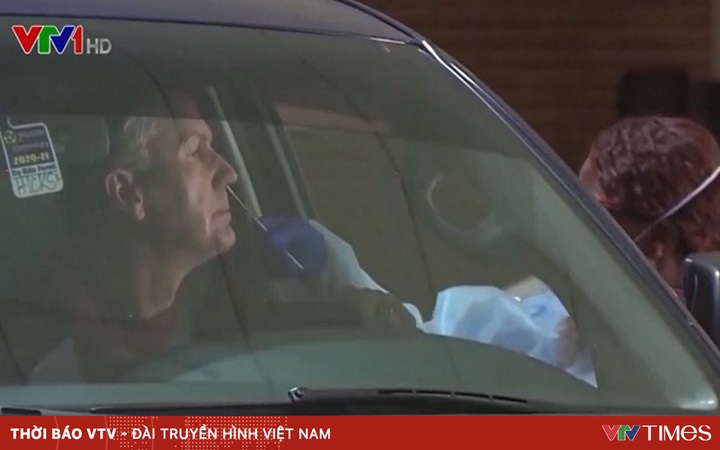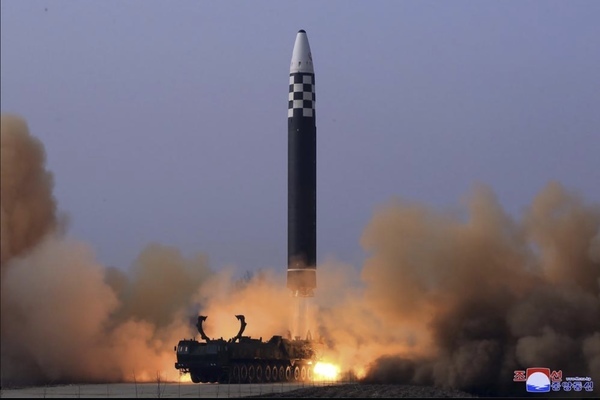Japan approves plan to discharge radioactive waste into the sea
Treated radioactive waste water tanks at the Fukushima Daiichi nuclear power plant, March 3, 2022. (Photo: AP)
Specifically, on May 18, the Atomic Energy Regulation Commission of Japan approved the plan to radioactive waste water treated at the No. 1 Fukushima nuclear power plant of Tokyo Electric Power Company (TEPCO).
Japanese authorities and TEPCO, the plant operator, plan to start discharging nuclear waste water sea from the spring of 2023. To begin construction of the discharge facilities, TEPCO will need to obtain the consent of the cities with the nuclear power complex. This process is expected to take 20 to 30 years, until the factories are shut down. This plan is facing many concerns and objections from the people.
After the Japanese Government announced the policy to allow the discharge of radioactive waste water that has been treated to lower the concentration of Tritium at 1,500 becquerel/l, equivalent to 1/40 of the allowable concentration according to Japanese safety standards. Version and 1/7 of the standards of the World Health Organization (WHO) for drinking water into the sea in April 2021, TEPCO has developed an implementation plan, which includes the construction of a tunnel connecting to the sea. The wastewater storage area is 1 km long from the coast and 12 meters from the water surface towards the East Pacific Ocean.

Radioactive wastewater has reached 1.3 million tons, nearly reaching the maximum capacity of 1.37 million tons. (Photo: AP)
According to the Japan Atomic Energy Regulation Commission, TEPCO’s plan to discharge treated radioactive wastewater is safe, meaning that this plan is eligible for approval in practice. According to regulations, the waste discharge plan will be put to the public referendum in the near future, before it is officially approved by this agency.
This is a power plant affected by the earthquake and tsunami disaster in 2011. The accident at the Fukushima No. 1 nuclear power plant in 2011 is the world’s most serious nuclear accident since the Chernobyl disaster in Ukraine in 1986.
The radioactive waste water source comes from two main sources: the pump water to cool the melted nuclear fuel rods and the rain water, groundwater flowing into the plant, directly in contact with the fuel rods or mixed with contaminated water. radioactive substance. TEPCO conducted the separation of radioactive strontium and cesium, and then used an advanced liquid processing system (ALPS) to further separate 62 other radioactive isotopes in addition to the indivisible tritium. The treated water is stored in containers within the factory and by May 2022 has reached 1.3 million tons, nearly reaching the maximum capacity of 1.37 million tons.
* Invite readers to watch programs broadcast by Vietnam Television on TV Online and VTVGo!
at Blogtuan.info – Source: vtv.vn – Read the original article here



